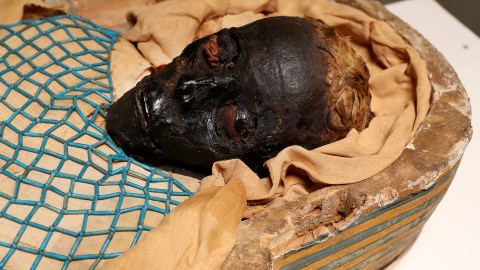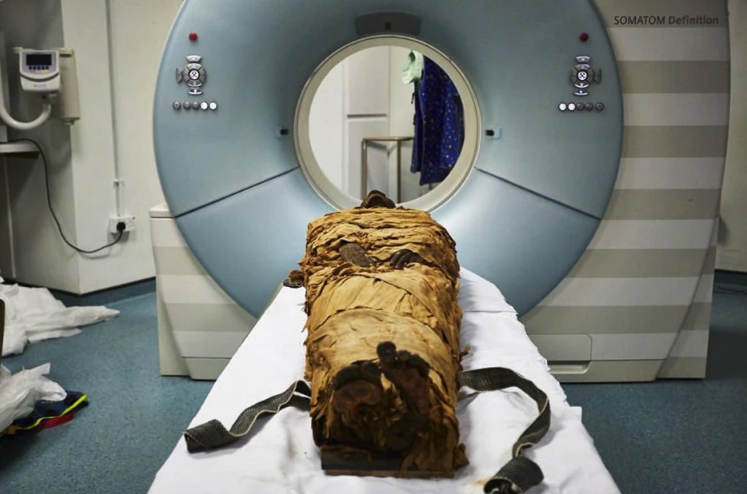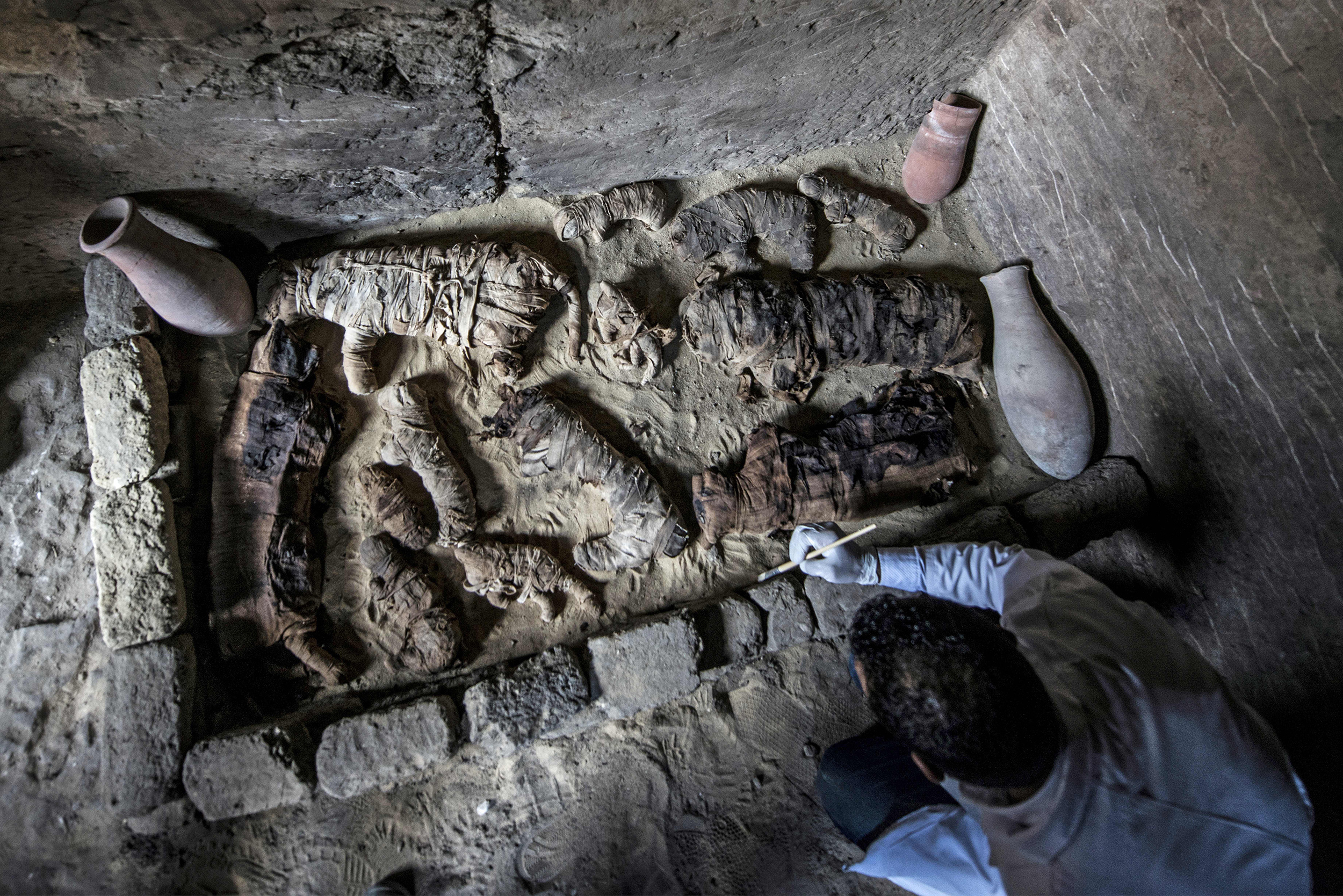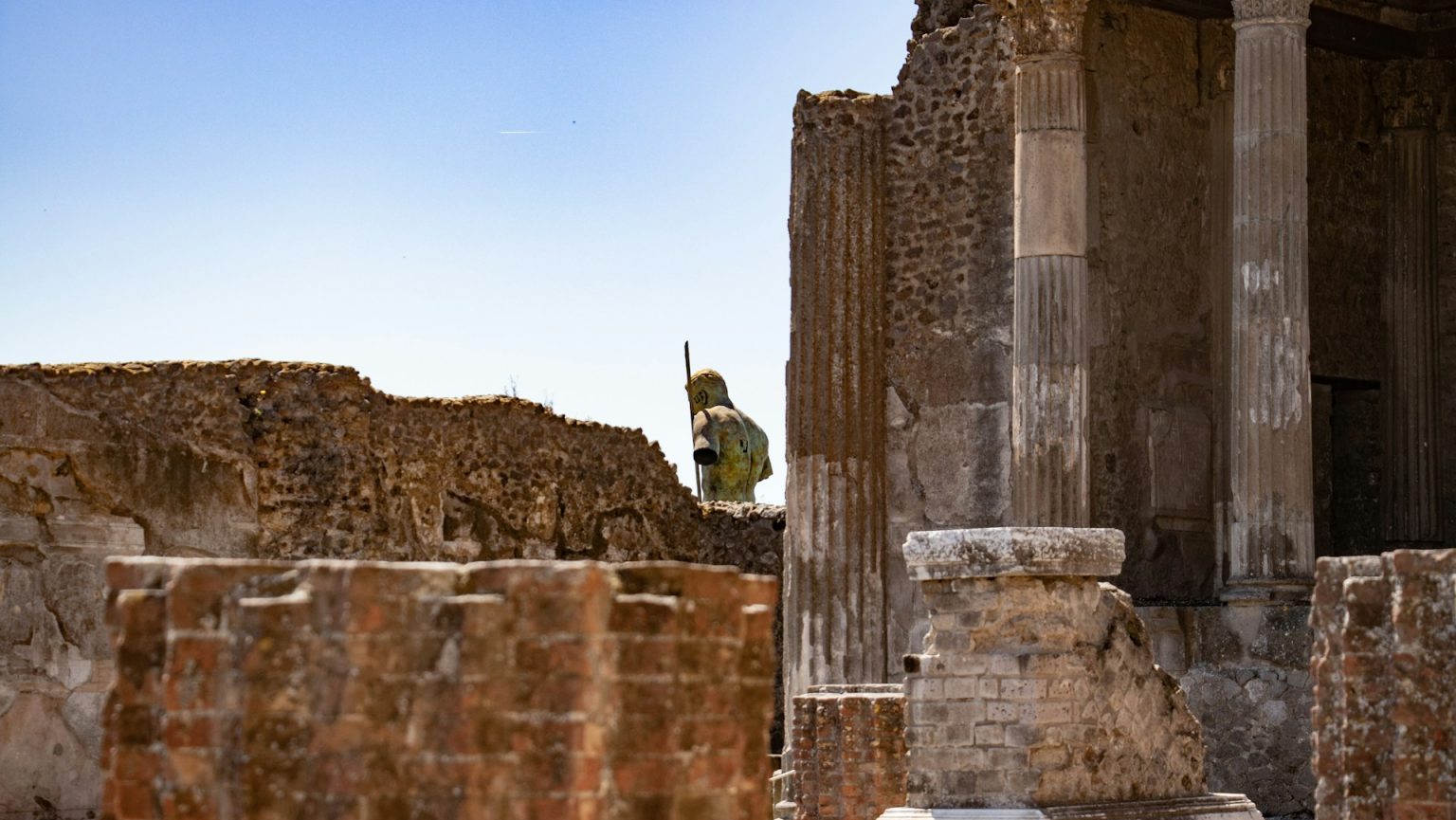A mummy murder has been solved after 2,600 years

Ulster Museum
- The mummy Takabuti has inspired a great deal of speculation since it was first unwrapped in 1835.
- Takabuti died when she was between 20 and 30, leading researchers to wonder about her cause of death.
- New techniques have enabled researchers to determine that Takabuti died from a stab wound to the back, among other interesting findings.
2,600 years on and investigators have finally discovered the cause of death of a young elite woman from Thebes: a violent stab wound to her back.
Takabuti’s mummy was first unwrapped in 1835 in Ireland, a period of time when mummies were being traded and trafficked across Europe. According to the hieroglyphics adorning Takabuti’s mummy case, she had been between 20 and 30 years old, the mistress of a house in Thebes (modern-day Luxor), and her father, called Nespare, had been a priest of the god Amun.
Although Takabuti has been a subject of study since her mummy was first acquired, scanning techniques only recently became advanced enough to determine that the stab wound near her left shoulder was the cause of her death. Retired orthopedic surgeon Dr. Robert Loynes performed the CT analysis. “The CT scan reveals that Takabuti sustained a severe wound to the back of her upper left chest wall,” Loynes said in a statement. “This almost certainly caused her rapid death. However, the CT scan also reveals unusual and rare features of her embalming process.”
In addition to her murder, the researchers identified a variety of other unique features to this particular mummy.
For one, Takabuti possessed two rare mutations — an extra tooth, which appears in 0.02 percent of the population, and an extra vertebra, which occurs in 2 percent of the population. Importantly, she also still possessed her heart, which previous research had asserted was missing.
“The significance of confirming Takabuti’s heart is present cannot be underestimated,” said Dr. Greer Ramsey, the Curator of Archaeology at National Museums Northern Ireland. “In ancient Egypt this organ was removed in the afterlife and weighed to decide whether or not the person had led a good life. If it was too heavy it was eaten by the demon Ammit and your journey to the afterlife would fail.”
Another recently shared discovery is that Takabuti may have been European. DNA tests confirmed that she bore greater similarities to Europeans than modern-day Egyptians. “This indicates European or Caucasian descent,” said Egyptologist Rosalie David in an interview with Newsweek, “but it is not possible to confirm from these findings whether she was born in Egypt, or came there from another area.”

Ulster Museum
Insight into a 2,600-year-old woman
The new findings have challenged the popular characterization of Takabuti as resting peacefully — now, it’s clear that her last moments alive were anything but peaceful.
“Trawling the historical records about her early days in Belfast it is clear that she caused quite a media sensation in 1835,” said bioarcheologist Eileen Murphy in a statement. “She had a poem written about her, a painting was made of her prior to her ‘unrolling’ and accounts of her unwrapping were carried in newspapers across Ireland.”
Takabuti also appeared to be something of an independent spirit, at least when it came to following fashion trends contemporary to her life. “Research undertaken ten years ago gave us some fascinating insights,” continued Murphy, “such as how her auburn hair was deliberately curled and styled. This must have been a very important part of her identity as she spurned the typical shaven-headed style. Looking at all of these facts, we start to get a sense of the petite young woman and not just the mummy.” What remains beyond our understanding, however, is why somebody had been driven to murder the young Egyptian mistress.





